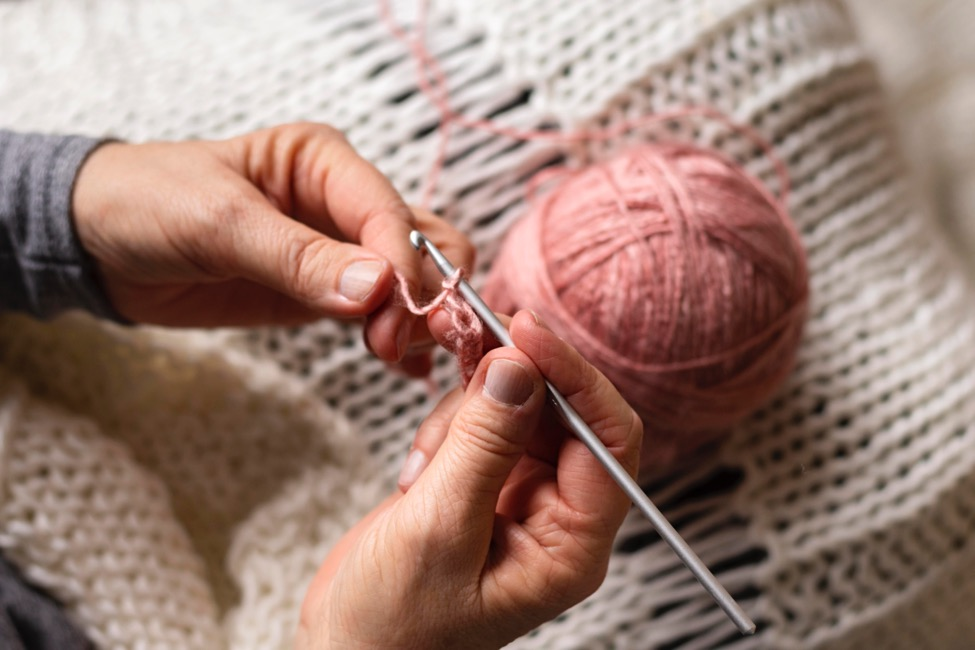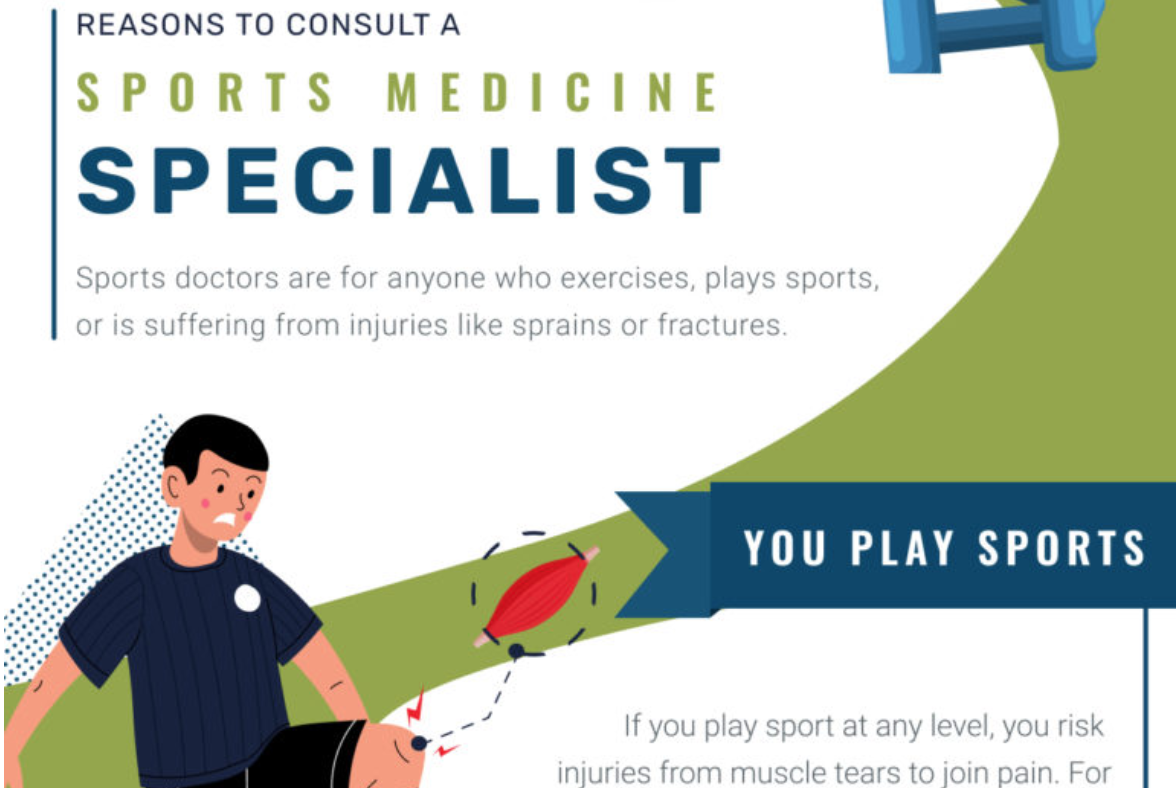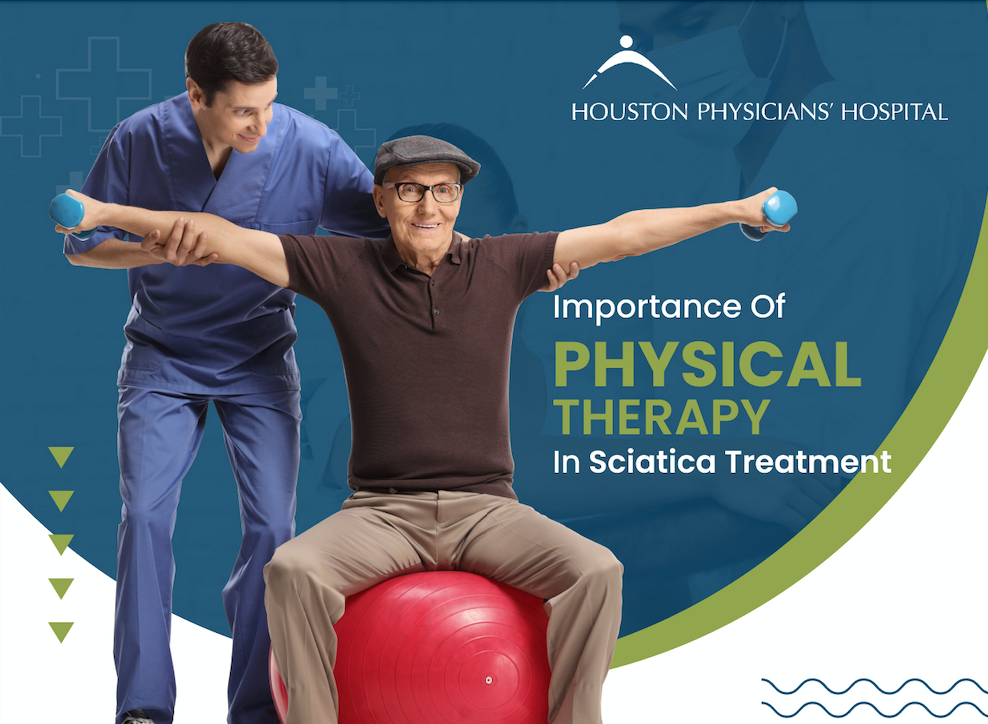Most hand injuries and ailments can be treated through pain medication, physical therapy, or other nonsurgical strategies. However, sometimes the symptoms get so severe that they require surgery.
Hand surgery is used to treat ailments and medical conditions that affect the functioning and mobility of the hand, wrist, forearm, and shoulder. Your doctor may recommend hand surgery if your condition is severe or recurrent, or if other treatments have already been exhausted.
Here are a few conditions that may require hand surgery in order for you to find relief.
Continue reading “3 Conditions That May Require Hand Surgery”







